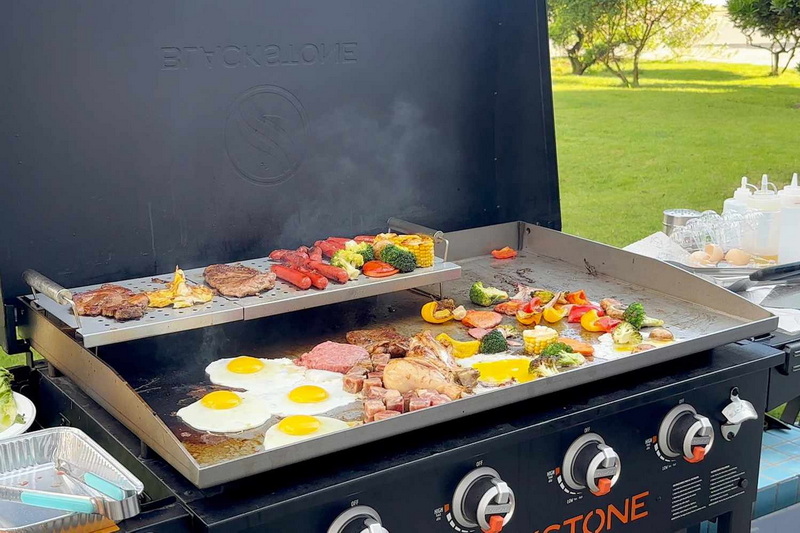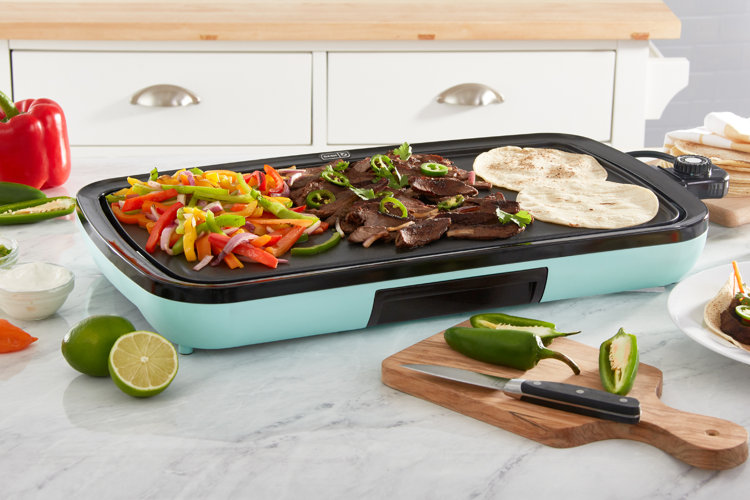How to Use Scraper for Cleaning While Cooking Efficiently
Written By James Morgan
Introduction
If you're a barbecue enthusiast, you know how important it is to maintain a clean cooking environment. Whether you're grilling burgers, searing steaks, or whipping up a quick stir-fry on the flat top, cleanliness is key to achieving that perfect flavor. An often-overlooked tool in maintaining this cleanliness is the humble scraper. In this article, we'll explore how to use a scraper for cleaning while cooking, ensuring your grilling experience is both hygienic and enjoyable.

Understanding the Importance of a Scraper
The scraper is more than just a cleaning tool; it's an essential part of your cooking arsenal. By incorporating a scraper into your routine, you can efficiently remove burnt-on food and grease, preventing cross-contamination and flavor transfer. This is crucial, especially when you're working with a variety of ingredients on your grill or griddle. Keeping your cooking surface clean not only enhances the taste of your food but also extends the life of your equipment.
For further insights on griddle spatula edge sharpness, which complements the use of a scraper, visit Grilling4All.
Step-by-Step Guide on Using a Scraper
1. Choose the Right Scraper
Not all scrapers are created equal. Selecting the right one for your grill or griddle is essential. Consider the material of your cooking surface. For cast iron or stainless steel, a stainless steel scraper works best. However, if you're dealing with non-stick surfaces, opt for a plastic scraper to avoid damaging the coating.
2. Preheat the Surface
Before you start scraping, preheat your grill or griddle. This step softens any stuck-on residue, making it easier to remove. Heat also kills bacteria, ensuring a safer cooking surface. Make sure the heat is manageable to avoid burns.
3. Scraping Technique
Hold the scraper at a slight angle and apply gentle pressure as you slide it across the surface. Start from one end and work your way to the other, collecting debris as you go. For stubborn spots, apply a bit more pressure or use a back-and-forth motion. Regular scraping during cooking, especially when changing ingredients, prevents buildup and enhances flavors.
4. Post-Cooking Cleanup
After cooking, allow your grill or griddle to cool slightly before performing a final scrape. This ensures that all residue is removed and your equipment is ready for the next culinary adventure. For more tips on avoiding dropping food off spatula, check out Grilling4All's blog.
Benefits of Using a Scraper
Regular use of a scraper offers multiple benefits. It helps maintain the non-stick properties of your grill or griddle, reduces the risk of flare-ups, and ensures that each dish you cook is free from unwanted flavors. It also reduces the time spent on cleaning after cooking, giving you more time to enjoy your meal.
For an in-depth look at flat top grill accessories, which include essential tools like scrapers, visit RTA Outdoor Living.
Choosing the Right Scraper for Your Needs
When selecting a scraper, consider the size of your grill or griddle, the type of cooking you do, and your personal comfort with different handle designs. Look for scrapers with ergonomic handles and sturdy blades to make the task effortless. Some scrapers come with additional features like bottle openers, making them versatile tools in your grilling toolkit.
For more about best griddle tools, visit Made In Cookware.

Common Mistakes to Avoid
One common mistake is using too much force, which can damage the cooking surface. Always start gently and increase pressure as needed. Another mistake is neglecting regular scraping during cooking. This can lead to a buildup of residues that are harder to remove later.
FAQs
What type of scraper is best for my grill?
For stainless steel or cast iron grills, a stainless steel scraper is ideal. For non-stick surfaces, use a plastic scraper to prevent damage.
How often should I use a scraper during cooking?
It's best to use a scraper regularly during cooking, especially when switching between different foods. This helps maintain a clean surface and prevents flavor transfer.
Can I use a scraper on a non-stick griddle?
Yes, but make sure to use a plastic scraper to avoid scratching the surface.
For further exploration of griddle accessories, check out OnlyFire's guide.
This article contains affiliate links. We may earn a commission at no extra cost to you.



